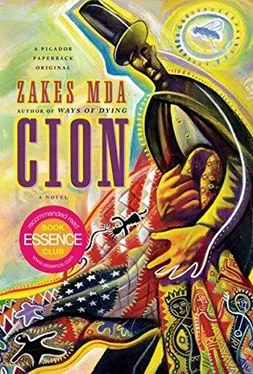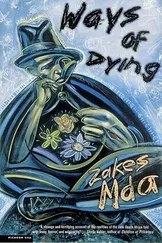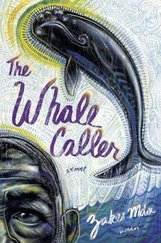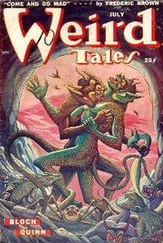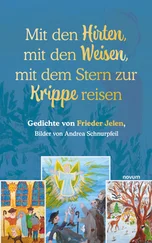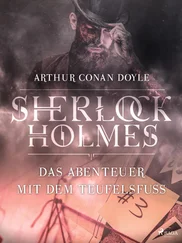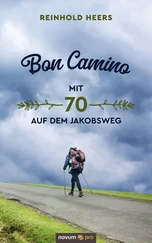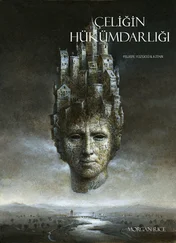“Lots of us have not lost that tradition,” she tells me.
Then she goes on about the great tradition of making food that must last for the whole year. Preserving corn, beans and vegetables. Bottling the food that lends itself to bottling. Making her own dressing and ketchup. Hanging the meat and smoking it in the smoke room. Scraping mold from it before cooking it.
I have seen some of this food for it is stored in the cellar where I sleep. Except for the smoked meat, which was moved to the attic some time back, after I could not stomach the smell at night. This tradition, I tell her, is nourishing. We are so much at peace with each other that I do not voice my thoughts that the destruction of Orpah’s work is not a nourishing tradition.
“One day Orpah will know I am doing all this for her,” says Ruth. “To save her from herself. Why don’t she understand that? Why don’t she wanna learn nothing?”
She breaks into a sob. For the first time I see an anxious look on Mahlon. He looks at me as if he is blaming me for making his Ruth cry.
“Everything’s gonna be all right, Mama,” says Obed softly, as he helps her up from the car seat. I hand her the cane from the floor. She is sniveling as she waddles off to her room.

Ruth regains some of her confidence in me, and once more we are friends. But it is no longer like before. I can feel that something now stands between us. Yes, we still do sit on the swing when Mahlon is not hogging it. This afternoon the winter winds are blowing such a chill it would be death to sit outdoors. So we sit in front of the stove enjoying the sleep-tempting sounds of the flames and taking in the waxy smell of the burning wood. She has that beautiful faraway look as she tells me about the first Quigley (Lord have mercy on him); a great Irishman who was a conductor of the Underground Railroad; a friend and ally of the Tablers after whom Tabler Town was named before it became Kilvert. He had pretty black hair. “I suppose that’s where I get my pretty black hair,” she adds. I look at the mop on her head. It is no longer the pretty black hair she is talking about. It is predominantly silver and brown with only a few streaks of black. I remember Obed telling me about the first Quigley to settle in Tabler Town. That one was blond. I also remember observing within myself that hair was the first feature they mentioned whenever they talked of their forebears.
The beautiful faraway look continues as she relates how her great-great-grandfather crossed a frozen Mississippi River, escaping from slavery. I think it is more romantic to make him come from the deepest South and cross a greater river than the mere Ohio. And, of course, she shares with me memories of her childhood: how as a little girl she and her friends went to bathe at the Federal Creek.
“The last thing you did at night was to take a dive in that creek,” she says. “Right in the middle of a cold winter!”
Those were beautiful carefree days.
“We was poor,” she says. “But we was never hungry. My mama would make something out of nothing.”
I think she has taken after her mother. She is the sole breadwinner and her quilts don’t sell that well. And yet she is able to conjure up food from her garden and from the food pantry at the Center, and prepare real tasty and wholesome meals. And have something left to preserve for leaner times.
Life was not complicated in those days, she continues.
“We raised our own meat…our cellar was full. Our tradition was to go to town every Saturday. Even if you had nothing to buy you went to town for the gossip.”
This was where they met racism. Because of their dark skin they were refused seats at restaurants and no barbershop would touch their hair. They were not even allowed to attend the same schools as children of the neighboring villages. The neighboring village of Chesterhill even outlawed people of color altogether. Some of the kids were yellow enough to pass for white and therefore were sent to a white school in Stewart. But soon the people there discovered that they were from Kilvert and all hell broke loose. Others, however, melted into white society and just became white.
“Ain’t it surprising now we see people who’re obviously Caucasian claiming minority status to benefit from them programs?” she asks. “After kicking us out of their schools too?”
Kilvert had its own one-roomed school, which the darker kids who couldn’t go to Stewart because of their complexion attended. Both she and Mahlon attended that school.
“So, that’s where you met?” I ask.
No, they knew each other from the time they were toddlers. He is only a year or two older. They were like brother and sister. In fact, they are cousins. They are both descendants of the first Quigley and of Abednego and of Harry Corbett. And of the generations of African Americans, Native Americans and Caucasian Americans who intermarried after that. They are all part of the inbreeding that has happened over the decades in Kilvert.
From what Ruth tells me, it becomes clear that Kilvert’s poverty is no accident. It is the legacy of the past isolation. Kilvert was denied services such as electricity until the 1950s and natural gas lines were only made available as late as 1967. Ruth tells me this with pride because it shows how tough her people are, and how they did not need any of these modern amenities that have made everyone lazy. That is why she still keeps her coal stove despite the fact that she has a gas one.
“Oh, man, those were them days,” says Ruth with some nostalgia that I fail to understand since from what she is saying “them days” didn’t seem like pleasant days at all. “I remember them cross burnings of the 1950s. I was a kid but I remember them like it was yesterday. People from Stewart hated us. Stewart was all white. Even today there’s only one black family in Stewart — Barbara Parsons’ boy.”
You do remember Barbara Parsons: the food bank manager and fund-raiser at the Kilvert Community Center.
“Talking of Barbara Parsons, I was at the quilt auction at the Center the other day,” I say. “I saw none of your quilts.”
The quilt auction is an occasional event organized by Irene Flowers and Barbara Parsons. I was fortunate to catch one a few weeks after my arrival. Most of the quilts on sale were made by the two women. Obed was the auctioneer. That’s where I saw that he could be useful sometimes. He was a very charming auctioneer too, making jokes about the bidders and the inspiring things they could do on those lovely quilts. He had the ladies eating out of his hand. I had expected to see some of Ruth’s quilts.
“I don’t take my quilts there no more,” she says. She does not want to talk about it. Instead she leans over and in her conspiratorial tone asks me to follow her to her bedroom, where she will show me something very important.
Right at the bottom of her quilt box she takes out an old almost threadbare quilt folded neatly in a pillow case. She spreads it on her bed. I do not tell her that I know something about this quilt. I have actually seen it a few times when she airs it. There has been a lot of derisive gossip from Obed about it. It is an Irish Wheel. Ruth points out a faint image on the quilt; rust in color. She says that is the image of the first Quigley — Lord have mercy on him. He died on this quilt. Although she does not make the comparison, it is obvious that to her this quilt is like the shroud of Turin. She does not let it be washed and it is always kept under lock and key in her oak chest. I chuckle to myself at the memory of Obed telling me that he and Orpah often laugh at the quilt behind Ruth’s back. They say that the outline on the quilt is that of dry urine rather than an image of a person. But, you know, you can see a person in that image if you look hard enough.
Читать дальше
